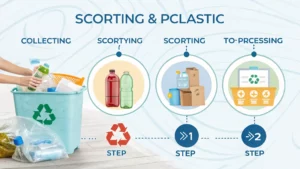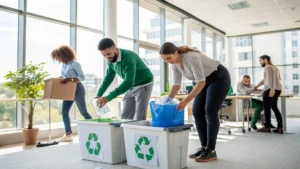Proper sorting of recyclables is essential for maximizing the efficiency of recycling programs. Incorrect sorting can lead to contamination of the recycling stream, reducing the amount of material that can be reused. By following the guidelines for proper sorting, you can ensure that your recyclables are processed effectively and contribute to a more sustainable future. Understanding the specific guidelines for your local recycling program is crucial. Different materials require different handling and separation techniques. For example, glass should be rinsed and separated from other recyclables. Paper should be flattened and separated from plastic and metal. Knowing the specific guidelines for your local recycling program is crucial for proper sorting. This ensures that your recyclables are processed effectively and contribute to a more sustainable future. Contamination of the recycling stream can occur from various sources, including food scraps, non-recyclable materials, and improper rinsing of containers. By following the guidelines for proper sorting, you can minimize contamination and maximize the efficiency of recycling programs. This will help ensure that your recyclables are processed effectively and contribute to a more sustainable future. Proper sorting is a key component of effective recycling.
How to Properly Sort Your Recyclables
Proper sorting of recyclables is essential for maximizing the efficiency of recycling programs.




